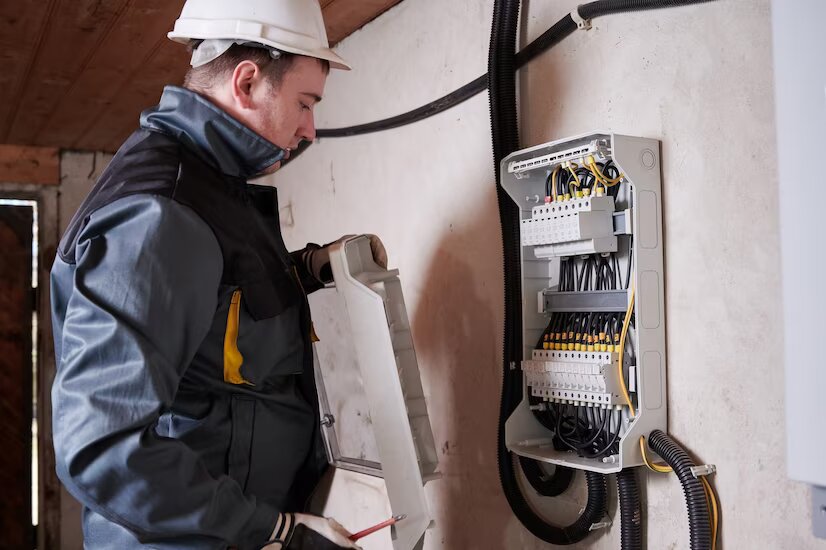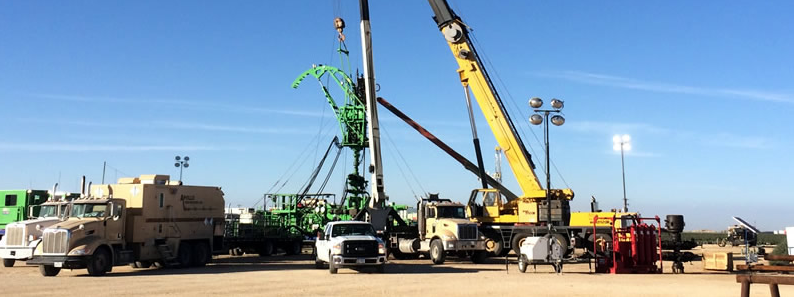When it comes to installing power lines, it’s important to have the right equipment and knowledge to get the job done right. From choosing the right conductor stringing equipment to understanding safety protocols, there are several steps to follow to ensure a successful installation.
In this ultimate guide, we’ll take you through the process step-by-step.
Step 1: Choose The Right Conductor Stringing Equipment

Before you begin the installation process, it’s important to choose the right conductor stringing equipment. There are several types of equipment to choose from, including tensioners, pullers, and reel stands. You’ll need to determine which type of equipment is best for your specific project, taking into consideration factors such as the size and weight of the conductor, the terrain of the installation site, and the distance between towers.
Step 2: Plan Your Installation Route
Once you’ve selected the appropriate conductor stringing equipment, you’ll need to plan your installation route. This involves surveying the installation site, determining the location of towers and support structures, and selecting the best route for the power line. It’s important to take into consideration any potential obstacles or hazards that may need to be avoided during the installation process.
Step 3: Ensure Safety Protocols Are In Place
Before beginning the installation process, it’s crucial to ensure that all safety protocols are in place. This includes having the necessary safety equipment, such as helmets, safety glasses, and gloves, as well as implementing safety procedures such as grounding the conductor and using safety barriers. It’s also important to ensure that all personnel involved in the installation process are properly trained and qualified.
Step 4: Install The Power Line

Once safety protocols are in place, you can begin the installation process. This involves stringing the conductor between towers using the selected conductor stringing equipment. It’s important to follow the manufacturer’s instructions for the equipment being used and to ensure that the conductor is properly tensioned and secured to the towers.
Step 5: Conduct Quality Assurance Checks
After the power line has been installed, it’s important to conduct quality assurance checks to ensure that the installation was successful. This includes checking for any defects or damage to the conductor or towers, as well as conducting electrical tests to ensure that the power line is functioning properly.
By following these steps and ensuring that the appropriate conductor stringing equipment is used, power line installation can be done with ease. With proper planning, safety protocols, and quality assurance checks, you can have a successful power line installation that will provide reliable power for years to come.
Conductor stringing equipment is a crucial part of the power line installation process, as it allows for the safe and efficient installation of conductors. There are several types of conductor stringing equipment to choose from, each with its own unique benefits and specifications.
By selecting the appropriate equipment for your specific project and following the installation steps outlined in this guide, you can ensure a successful power line installation that will provide reliable power for years to come.
Read Also:






















